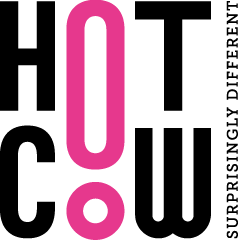Are you thinking of using product sampling? Well start by asking yourself a question – what is the ultimate purpose of your business? To make money? To improve people’s lives? To revolutionise a particular market-place?
Whatever your business goals, you can get a lot closer to achieving them with product sampling. It’s a sure fire way to get your product into the hands of potential customers, and provides a way for them to experiment without the risk of deviating from something they already know and love.
A study from The Opinion Research Group found that 81% of consumers would buy a product if they received a sample and liked it, so product sampling can be a great way to ensure that your product makes it onto the shelves of retailers and stays there, when faced with heavy competition.
Despite the enormous potential of product sampling however, some brands are missing out because they’re approaching it in the wrong way. Here are the biggest sampling mistakes brands make and how to fix them:
1. Sampling without permission
Everyone loves free stuff right? Not always. Choosing the right time and place to activate your sampling campaign can be key to its success. Think about where, how and when it makes sense for your audience to receive a sample. Anticipate when they will need you and welcome the experience. It’s all about the relevance and timing of the brand experience.
2. Sampling without engaging: Initiate a conversation with your customers. Give them an easy way to try your product for free and feed back their opinions. This way you’ll benefit from the law of reciprocity: i.e. the act of responding to a positive action with another positive action, or in this case, positive feedback.
3. Sampling without measurement.It’s surprising but often, sampling-program measurement starts and ends with “we distributed 100,000 samples.” Just getting the brand out there is distribution, not measurement. Measure your sampling effectiveness by looking at the investment you’re putting into sampling and the purchase conversion that results.
4. Thinking that product sampling is just about handing someone a physical sample: Wrong. It can mean having your customer experience the essence of your brand. For example, MasterCard launched a digital marketing campaign offering cardholders the chance to watch music star Beyoncé from an up-close VIP area on her UK tour. The experience formed part of their ‘priceless’ campaign in 2013.
Hotcow is a non-traditional creative agency that specialises in experiential marketing that goes viral. Our campaigns generate buzz through crowd participation, PR and content sharing. Contact us on 0207 50 30442 or email us on info@hotcow.co.uk.

